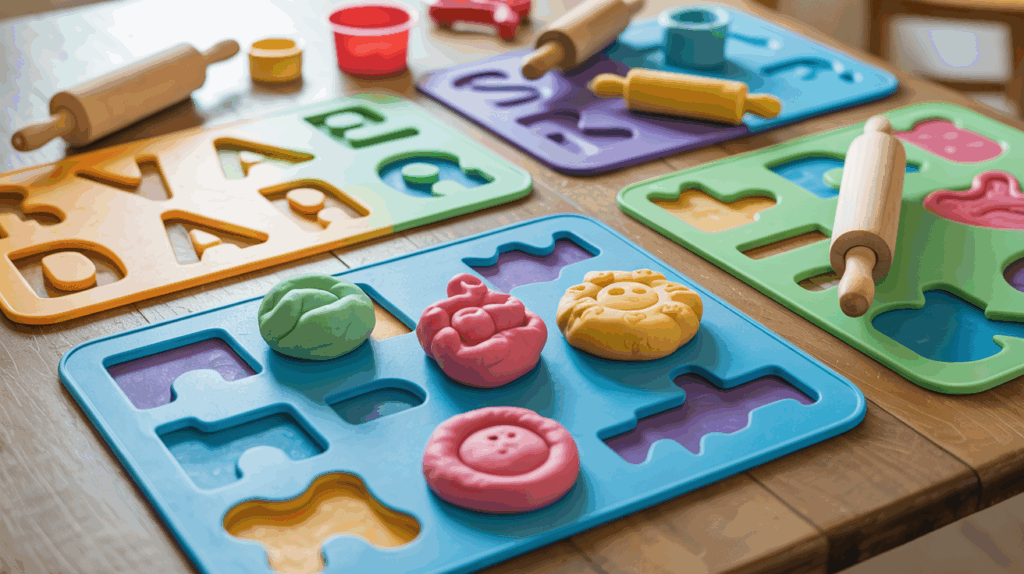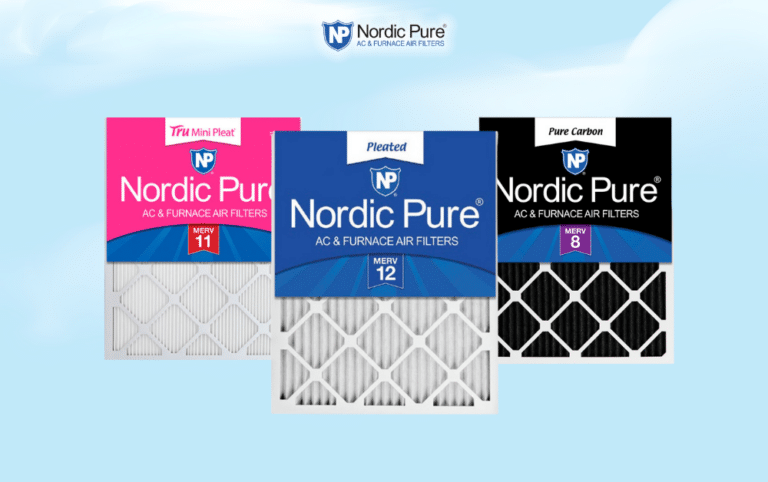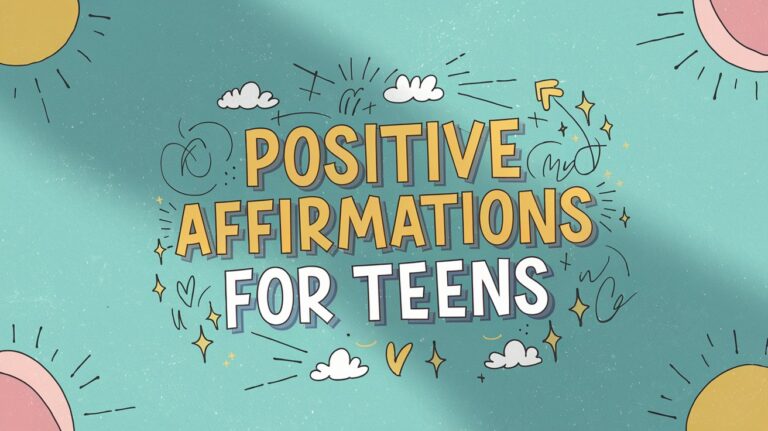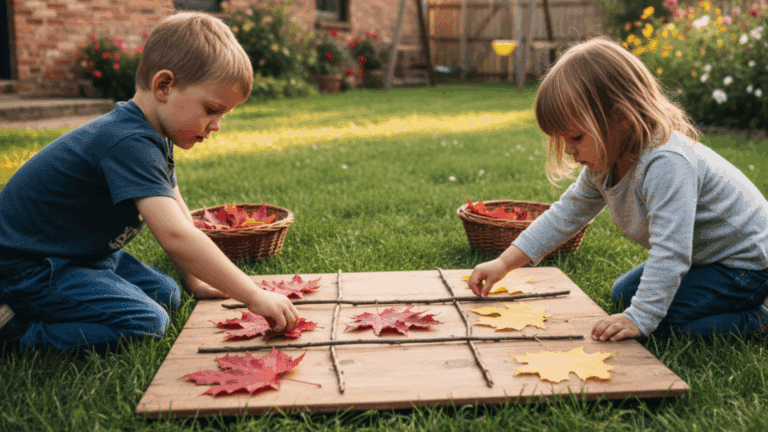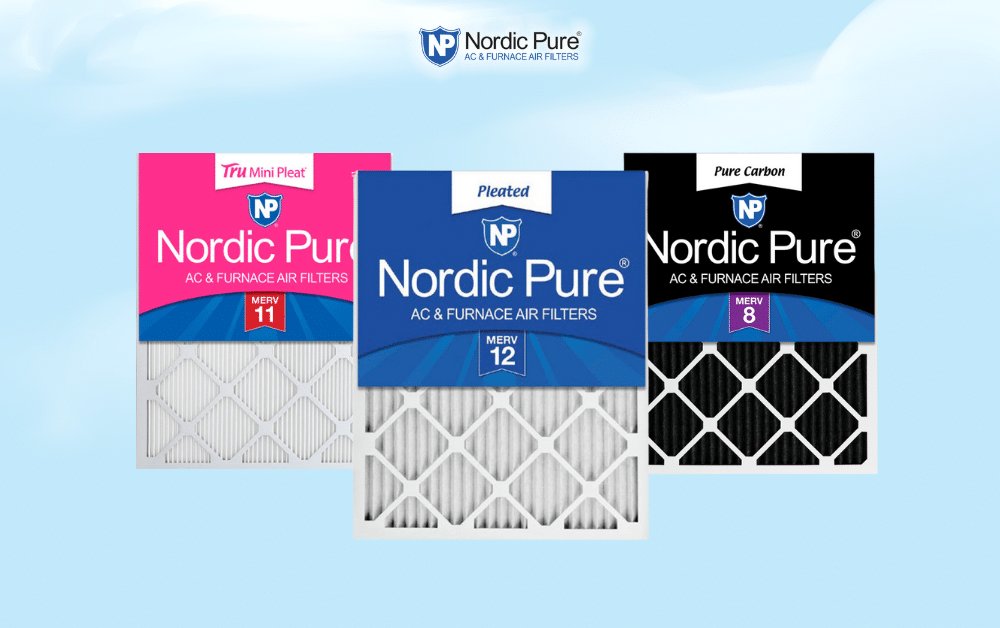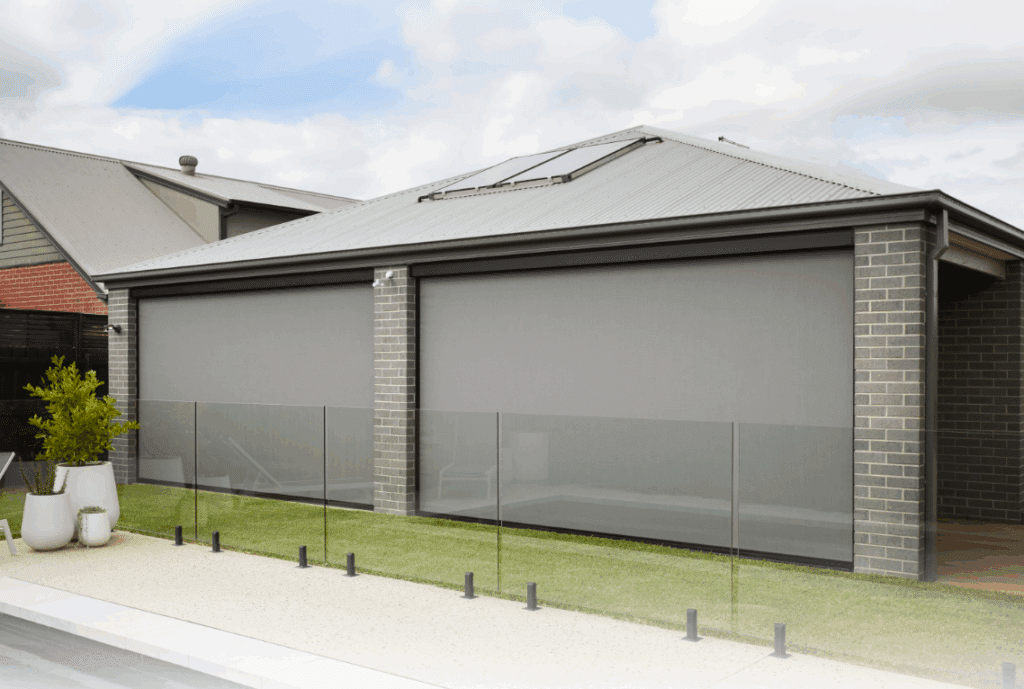Kids love getting their hands messy with playdough, but sometimes the same old routine gets, well, routine. That’s where themed playdough mats come in handy.
These simple printables can change basic playdough time into exciting adventures that spark creativity and learning.
If you are a parent looking to keep little ones engaged on a rainy day or a teacher wanting to add some fun to classroom activities, the right mats can make all the difference.
The Basics of Using Play-Dough Mats
Play-Dough mats are simply flat surfaces with printed designs, patterns, or prompts that guide kids’ playdough activities.
Think of them as creative templates that give structure to free play. You can make them from laminated cardstock, slip regular paper into sheet protectors, or even use digital versions on tablets with wipeable screens.
These mats work great for toddlers just learning to roll and squeeze, but they’re also flexible enough for older kids.
A three-year-old might place playdough on pictures, while a six-year-old could create elaborate stories around the same mat. That’s the beauty of good playdough mats; they grow with your child.
Different Types of Playdough Mats
It comes in a wide variety, each designed to spark creativity or support learning goals. From educational formats to imaginative scenes, these mats cater to a range of skills and interests.
1. Alphabet Tracing Mats
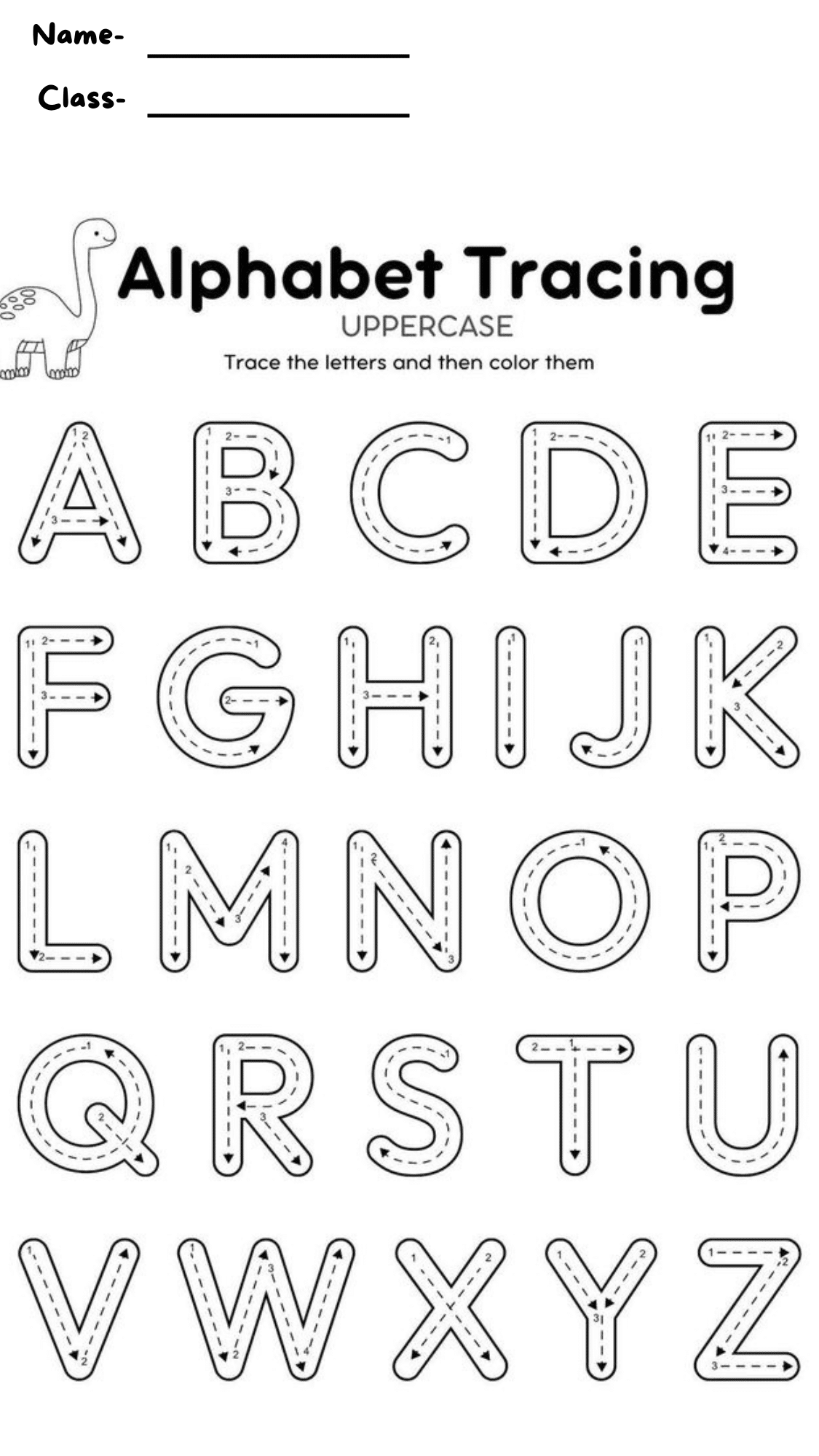
Picture from @Minky Me
Kids roll dough to form letters and match objects starting with each one. Helps develop letter recognition, phonics awareness, and fine motor control in a fun, hands-on way.
- Focus Area: Alphabet recognition
- Best For: Preschool and Pre-K
Download Alphabet Tracing Mat Printable Here
2. Number Count & Build Mats
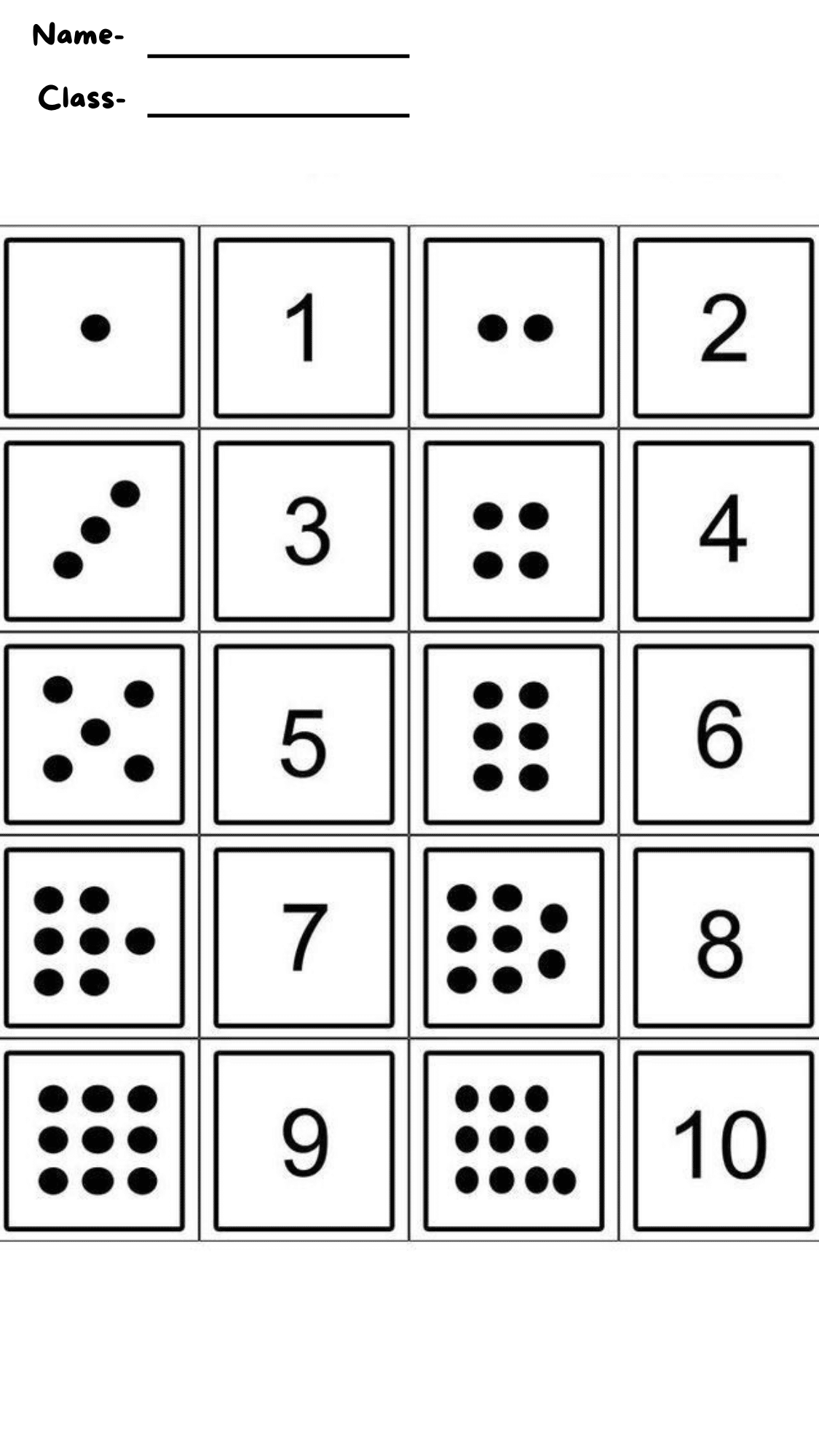
Picture from @Nikki Broekhuizen
These mats feature numbers with ten-frames and visuals. Children add dough pieces to match quantities, reinforcing their counting, number sense, and visual matching skills through tactile engagement.
- Focus Area: Early math skills
- Best For: Ages 3–6
Download Number Count & Build Mats Printable Here
3. Shape Fill Mats
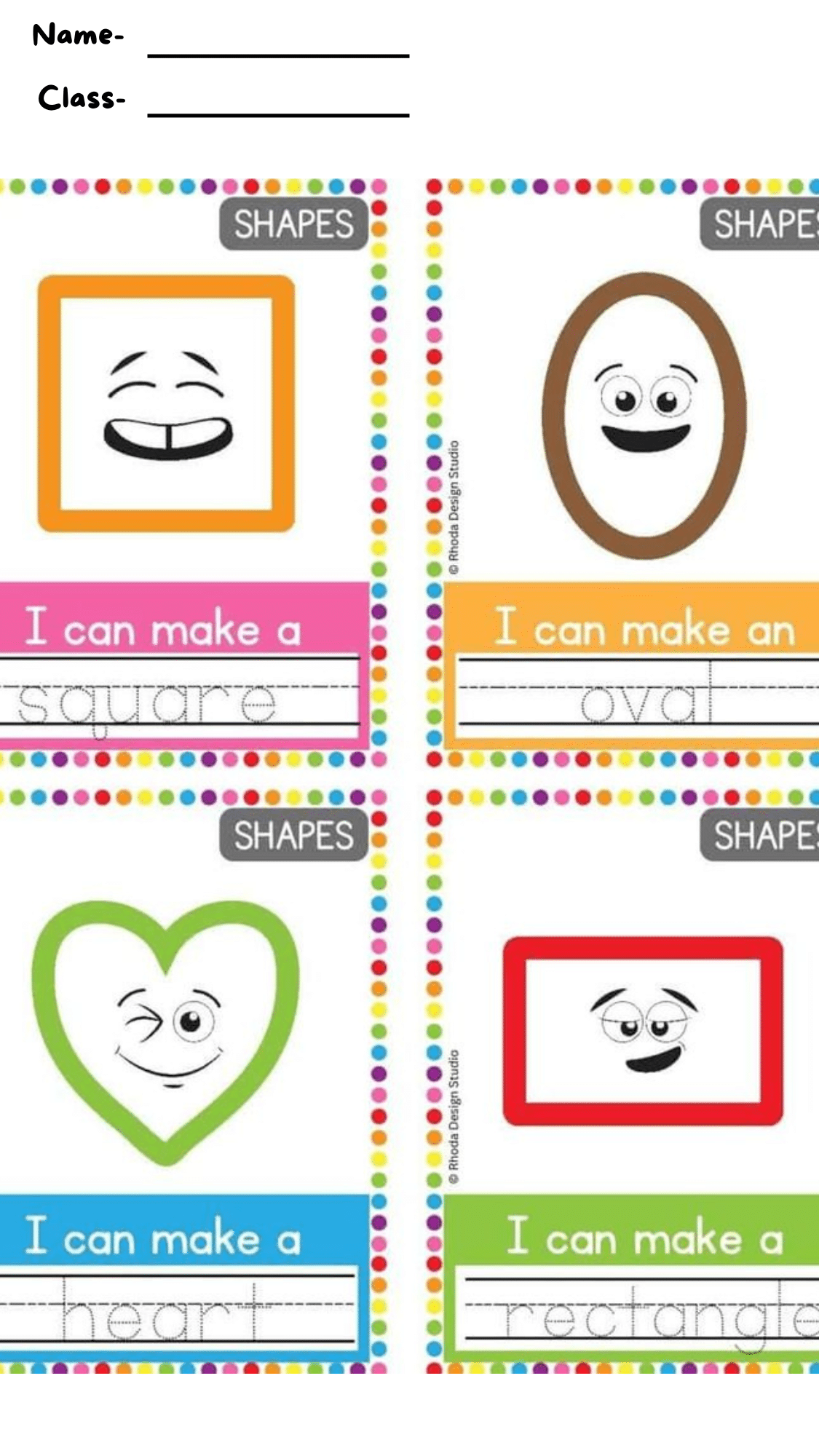
Picture from @Rhoda Woehlke
Kids fill in outlined shapes with playdough to learn circles, triangles, squares, and more. Strengthens shape recognition, spatial awareness, and color coordination during creative play.
- Focus Area: Geometry basics
- Best For: Toddlers and preschoolers
Download Shape Fill Mats Printables Here
4. Color Sorting Mats
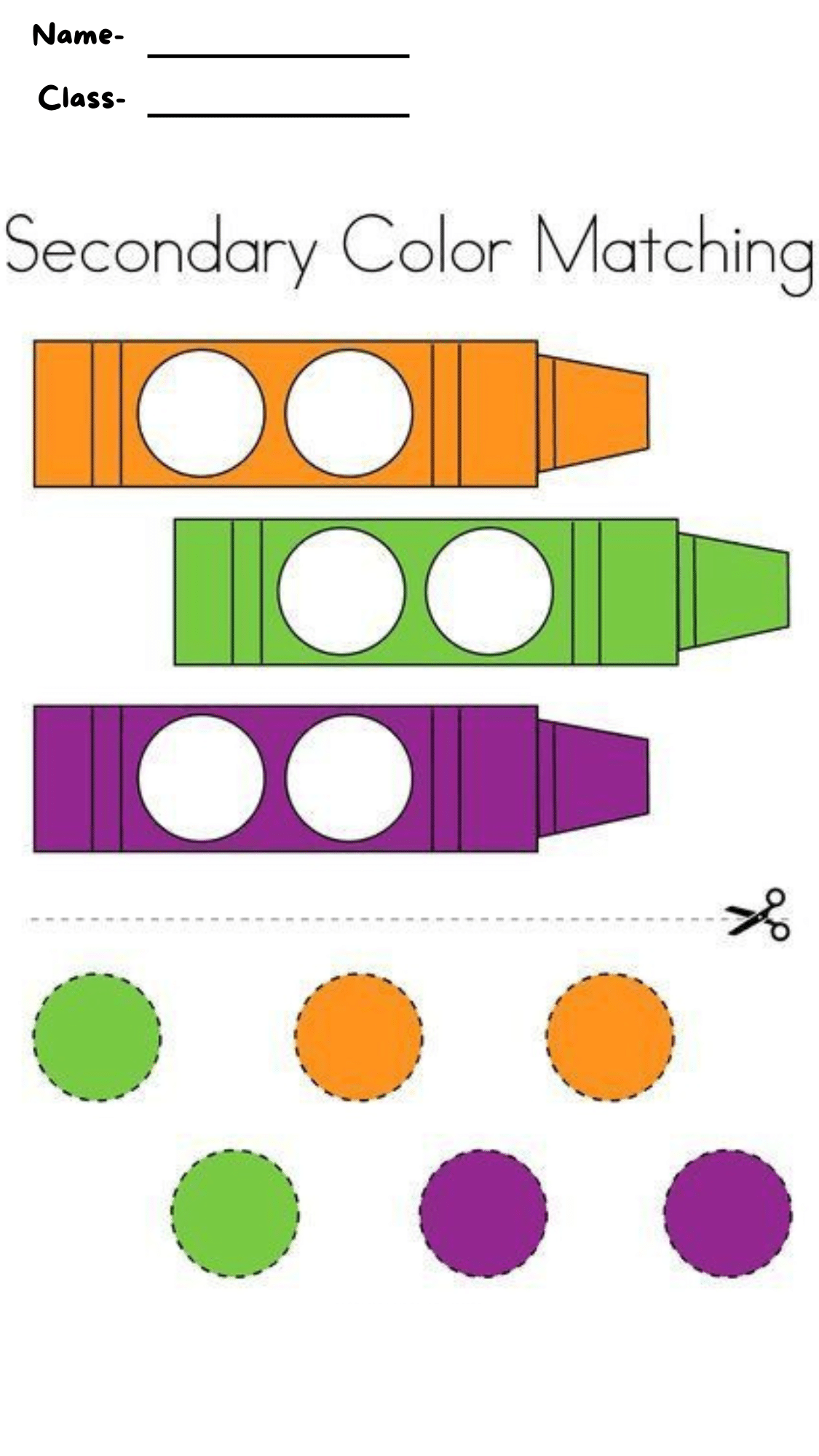
Picture from @Ирина Дядюра
Match colored playdough to labeled sections. These rainbow-themed mats enhance visual discrimination, color naming, and sorting while offering simple, mess-free sensory fun.
- Focus Area: Color identification
- Best For: Ages 2–5
Download Color Sorting Mats Printables Here
5. Build-a-Face Emotion Mats
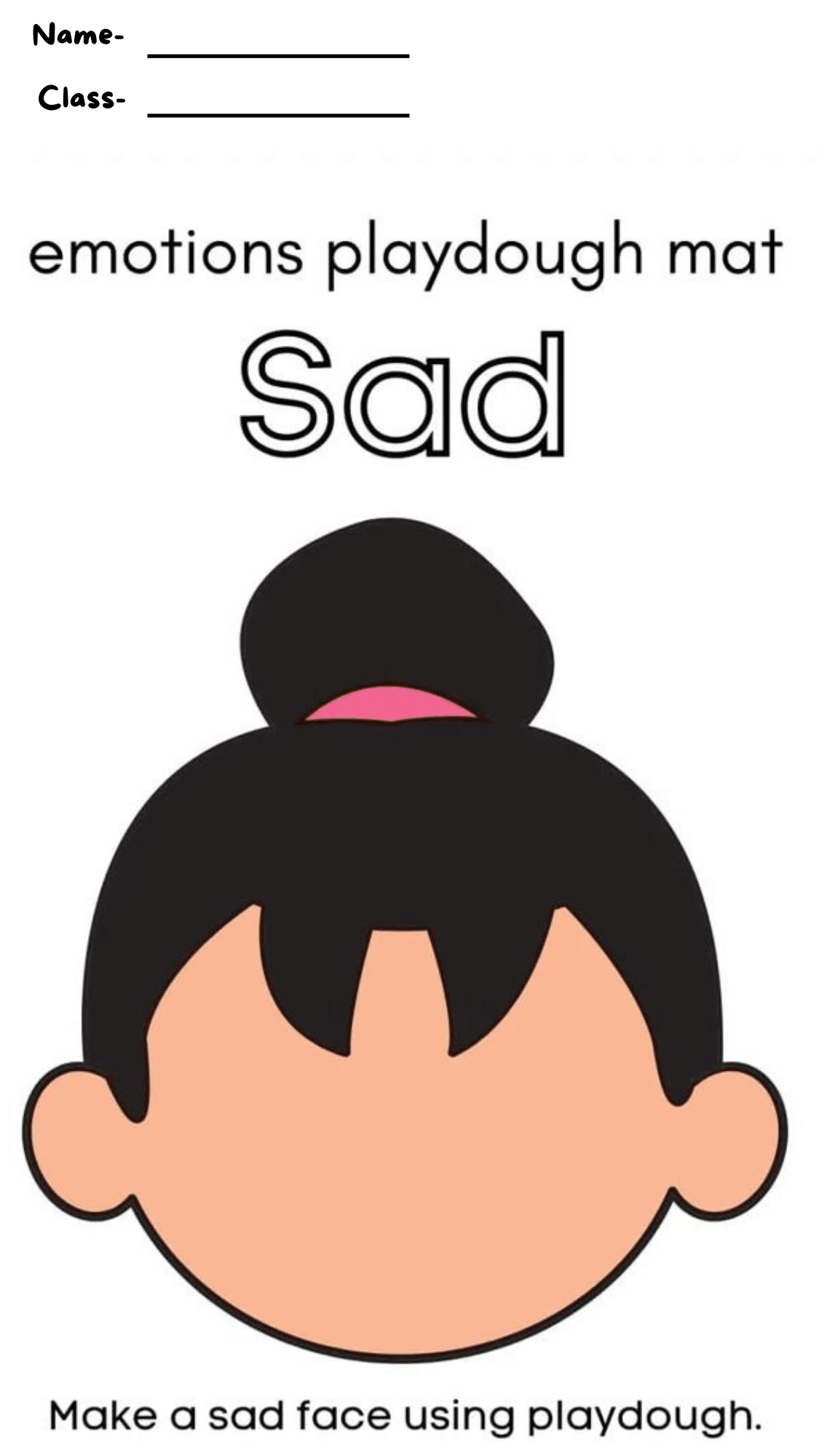
Picture from @In The Playroom
Kids use the dough to shape expressive eyes, mouths, and features on blank faces. Supports emotional learning, storytelling, and self-awareness through creative exploration.
- Focus Area: Emotional intelligence
- Best For: Ages 3 and up
Download Build-a-Face Emotion Mats Printable Here
6. Seasonal Tree Mats
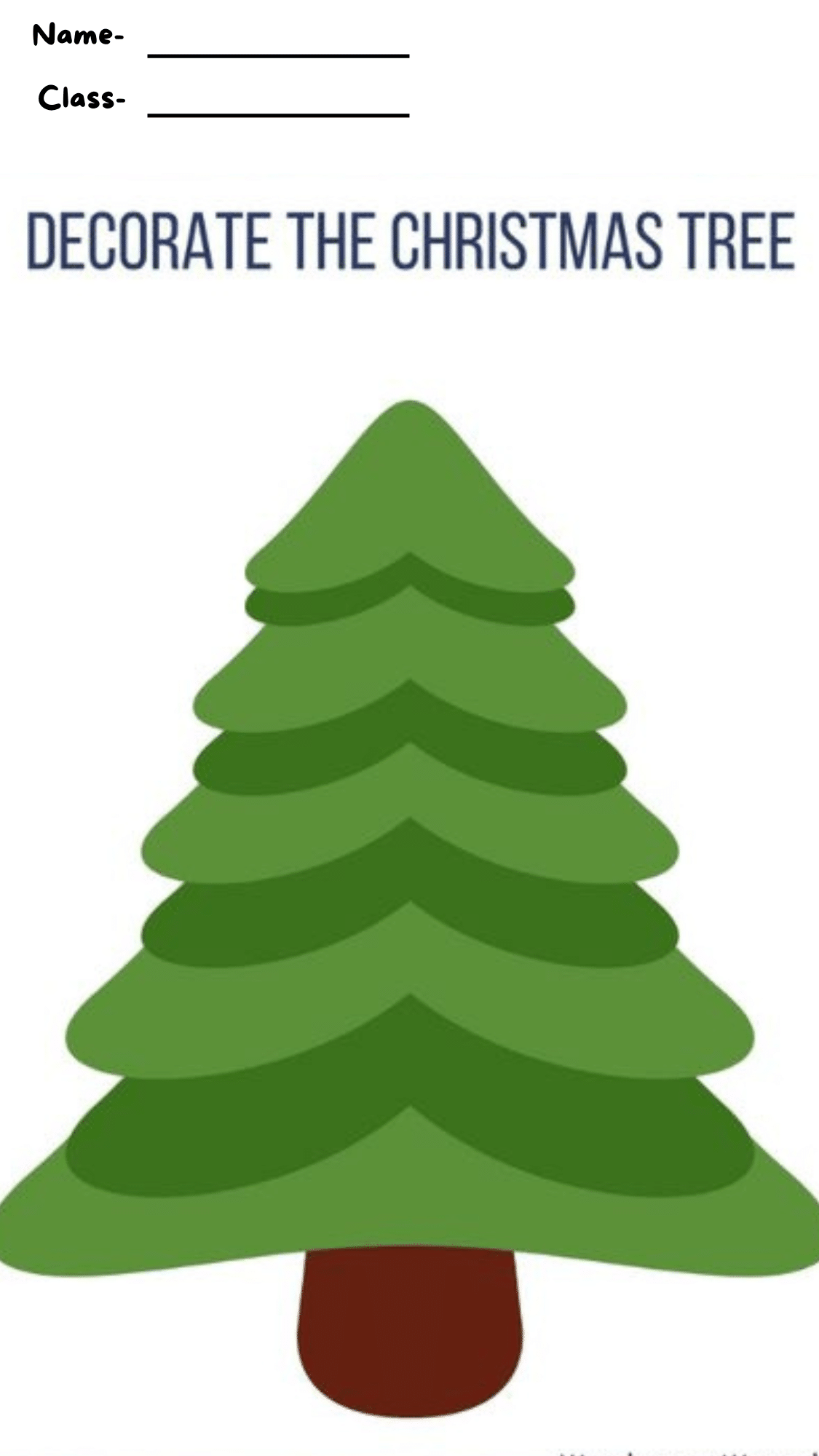
Picture @Wondermom Wannabe
These mats represent four seasons. Children decorate trees with blossoms, snow, or falling leaves using playdough, naturally linking art and science.
- Focus Area: Seasonal Awareness
- Best For: Pre-K through Grade 1
Download Seasonal Tree Mats Printable Here
7. Build-a-Bug Mats
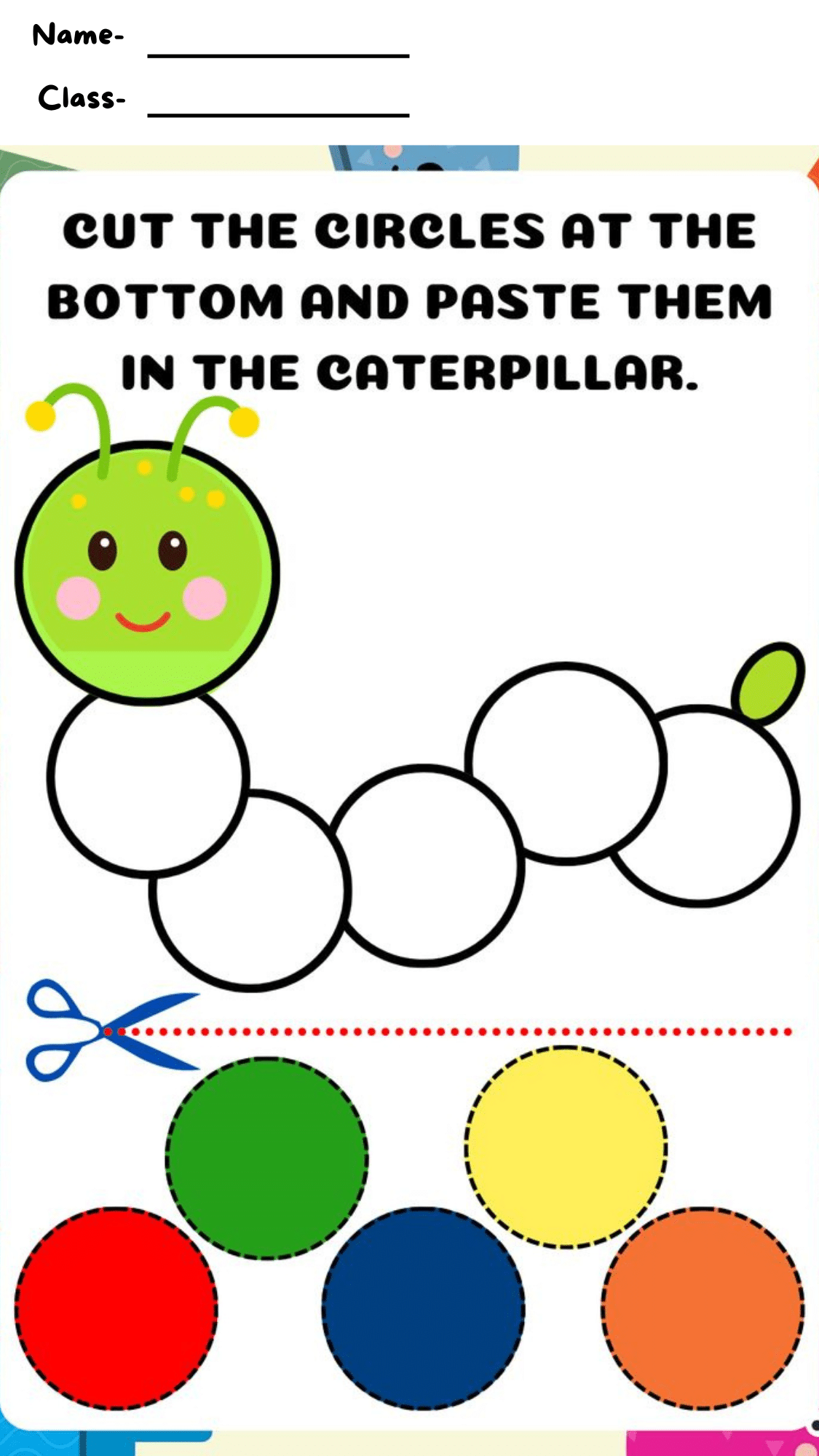
Picture from @Materials
Encourage kids to form legs, wings, and antennae on insect outlines. Great for introducing basic biology concepts and encouraging observation of insect body parts.
- Focus Area: Nature and biology
- Best For: Ages 4–7
Download Build-a-Bug Mat Printable Here
Playdough Mats as Part of a Learning Routine
These aren’t just occasional activities; they work best when woven into your daily rhythm.
If you’re homeschooling, teaching, or just trying to create more structure at home, these versatile tools can fill gaps and smooth transitions throughout the day.
Morning Table Work or Transition Activities
Starting the day with the mats provides kids with a calm and focused way to begin their day. There’s something about working with their hands that helps transition from the chaos of getting ready to the structure of learning time.
Additionally, it’s quiet enough that early arrivals can work independently while others are still arriving.
Sensory Break and Therapy Integration
Occupational therapists love these mats because they naturally provide the deep pressure input that many kids crave.
The resistance of the dough gives proprioceptive feedback that can be incredibly calming for overstimulated or anxious children. It’s like a reset button for their nervous systems. You can amp up the sensory benefits by pairing these with other tools.
Group Play and Classroom Centers
It works beautifully in classroom centers where kids can collaborate naturally.
Set up themes that encourage teamwork, like building a zoo together or creating a neighborhood scene.
Each child might work on their section, but they’re planning and problem-solving as a group. These interactions build communication skills that go way beyond the playdough activity itself.
Wrapping It Up
Themed playdough mats offer an easy way to change simple play into meaningful learning experiences.
From building fine motor skills to sparking creativity, these versatile tools support development in ways that feel natural and fun for kids.
They grow with your child, work across subjects, and maintain high engagement through creative themes.
So grab some playdough, print a few mats, and watch as ordinary play time becomes something truly special. Your kids will thank you for it.


